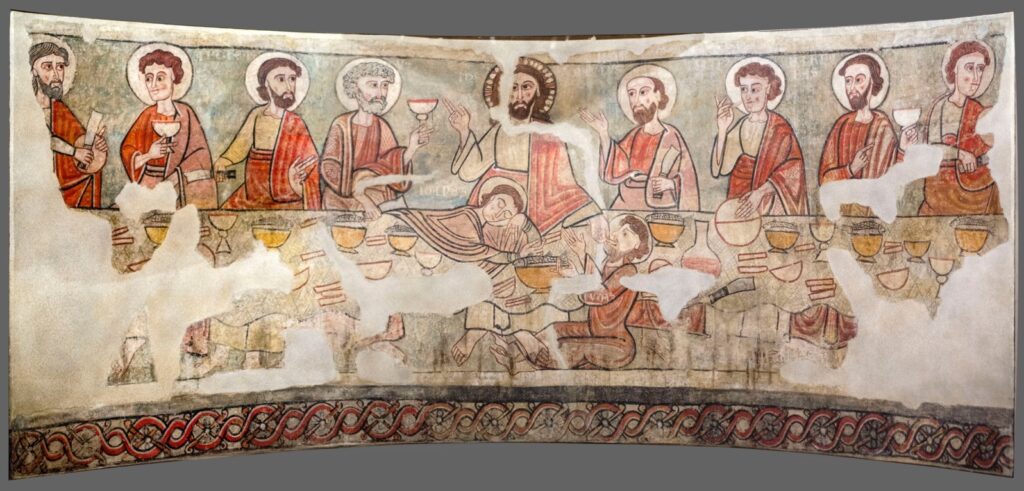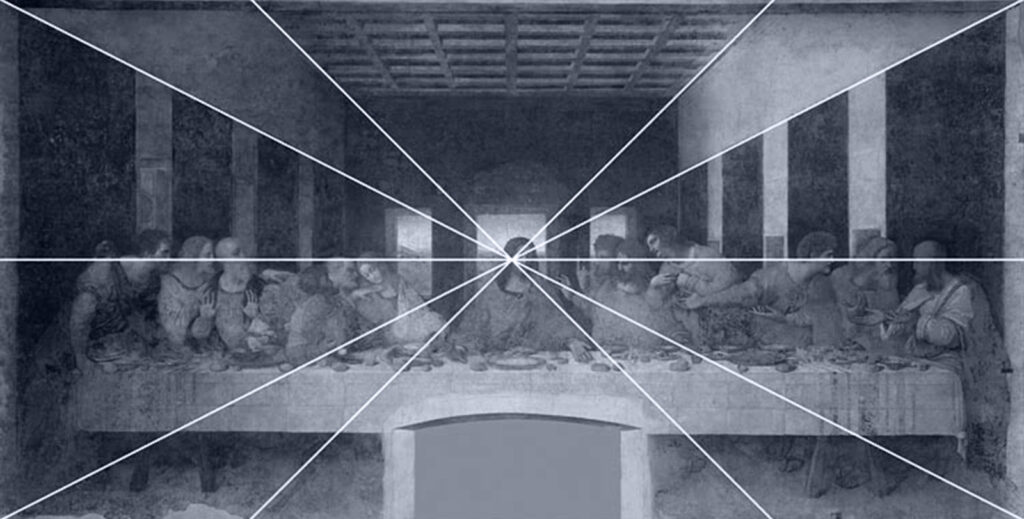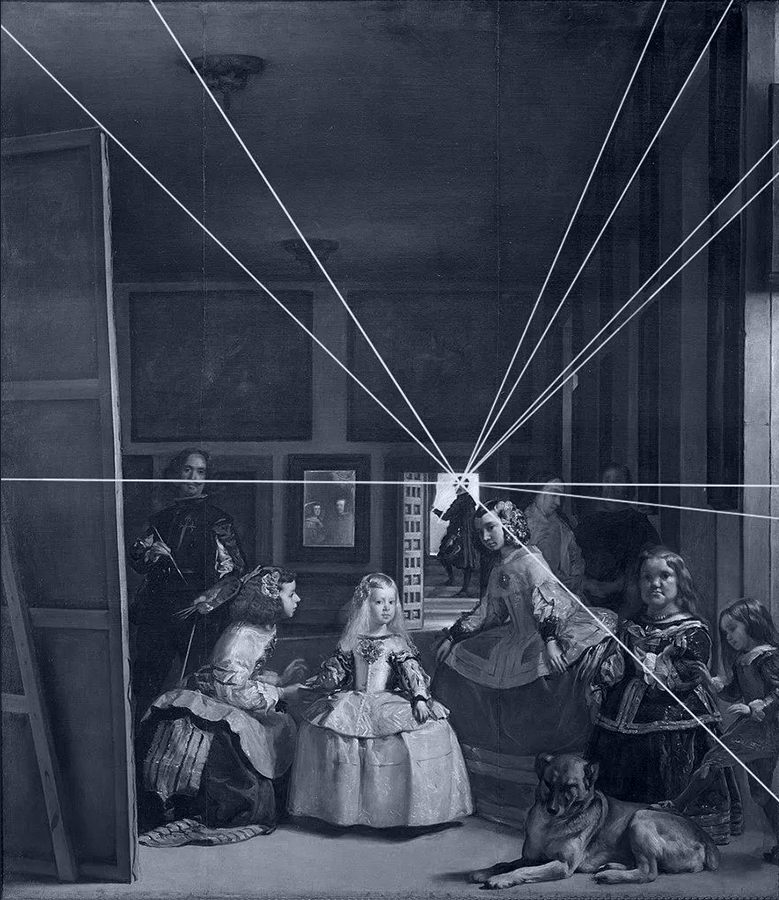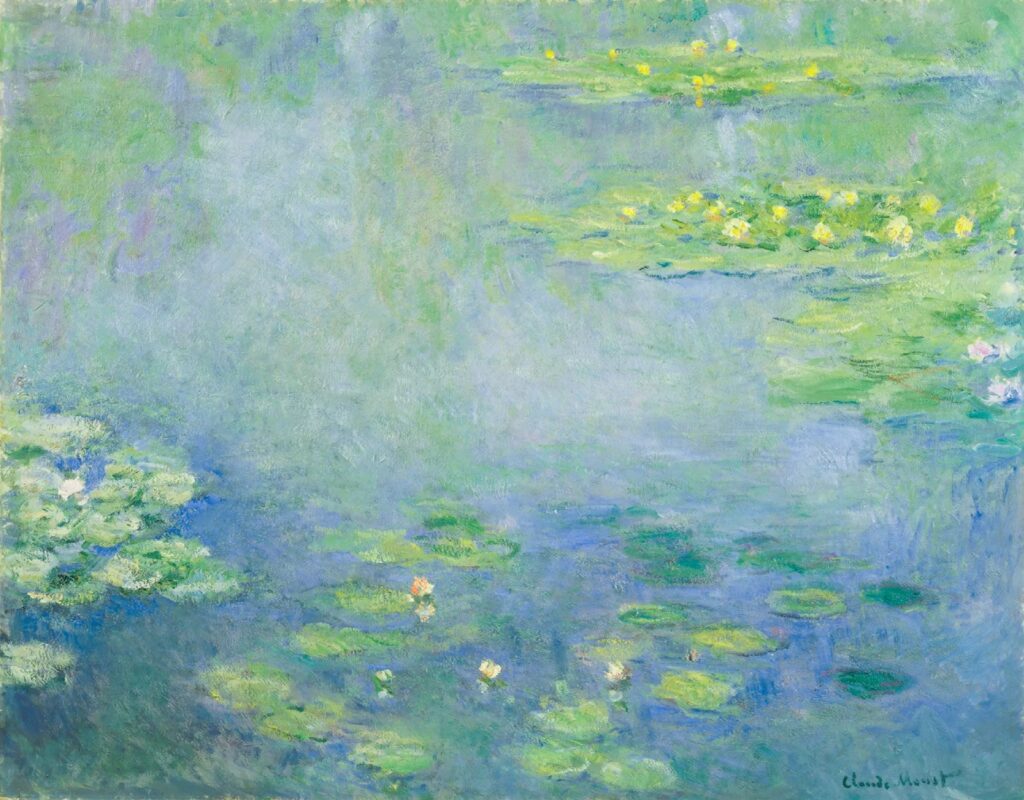perspectiv: /pəˈspɛktɪv/ noun.
• 1. The art of representing three-dimensional objects on a two-dimensional surface to give the correct impression of their height, width, depth, and position relative to each other.
• 2. A particular attitude toward or way of considering something; a point of view.
Perspectives is a blog within the website. It is a window from the studio open to the world. A space to share knowledge and discoveries. Where we are committed to honestly conveying our way of seeing the world and some relevant news from our experiences. It is in the representation of what we see, feel, or hear where we have the opportunity to gain a higher awareness of our own perception of reality. We believe that trying to represent and express what our senses evoke in our mind and soul makes us more connected to life and to ourselves. In the effort to explain what is understood or represent what is felt is when we can have a greater awareness of ourselves and what we have experienced. If we put ourselves in the skin of a mantis shrimp (Odontodactylus scyllarus), we would discover that life can be much more colorful than we are used to. From the human perspective, a rainbow can be extremely beautiful, but if we looked at it with the eyes of a mantis shrimp, it would be like diving into a psychedelic artwork from the 70s, without the need to consume any hallucinogens. A python snake sees the world based on the temperature of what it observes. It is fascinating, and at the same time, it puts us in our place, to become aware of the very low percentage of the reality around us that we are capable of perceiving. Now imagine the immense task of representing the world we perceive. But if there is something that differentiates humans from other animals, it is precisely our ability to represent what we can perceive. Whether with words, images, drawings, colors, or musical notes. The learning of new knowledge and discoveries is often thanks to others who preceded us, who took the time to represent what they understood or discovered so that others could follow the path they started. For example, until the arrival of the Renaissance, paintings were unrealistic and flat representations. The size of the figures in the paintings highlighted their degree of importance within the composition. It was thanks, among others, to artists and architects like Filippo Brunelleschi and Leonardo da Vinci who began to use perspective as the art of representing the human perception of the world. Thanks to the introduction of mathematics into art, reality could be represented more accurately. Surely for contemporaries, seeing a painting in perspective for the first time must have been pure magic. Suddenly the buildings seemed to have depth, and the streets extended towards the horizon. The important figures were no longer the largest but those placed closest to the vanishing point. Where the gaze was focused. From there, those who came after strived to improve the technique and get as close as possible to representing reality as accurately as possible. It was not until the second half of the 19th century that the work of the great Impressionist painters represented a revolution in the art world and marked a new path, opening the door to future evolutions of modern art up to our days. After four centuries of evolving the technique and probably with the birth of photography, representing an instant was no longer a great challenge. Renoir, Degas, or Monet focused on representing the changing light in a constantly moving world.
Thus, it must always be remembered that there are countless ways to see and understand our surroundings. And yet, I am fully convinced that there are still many more ways to represent it. From this blog, we only offer one more perspective.














